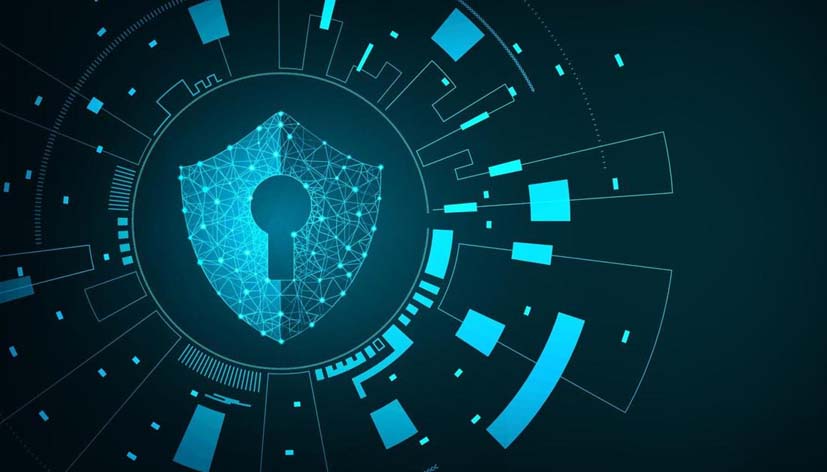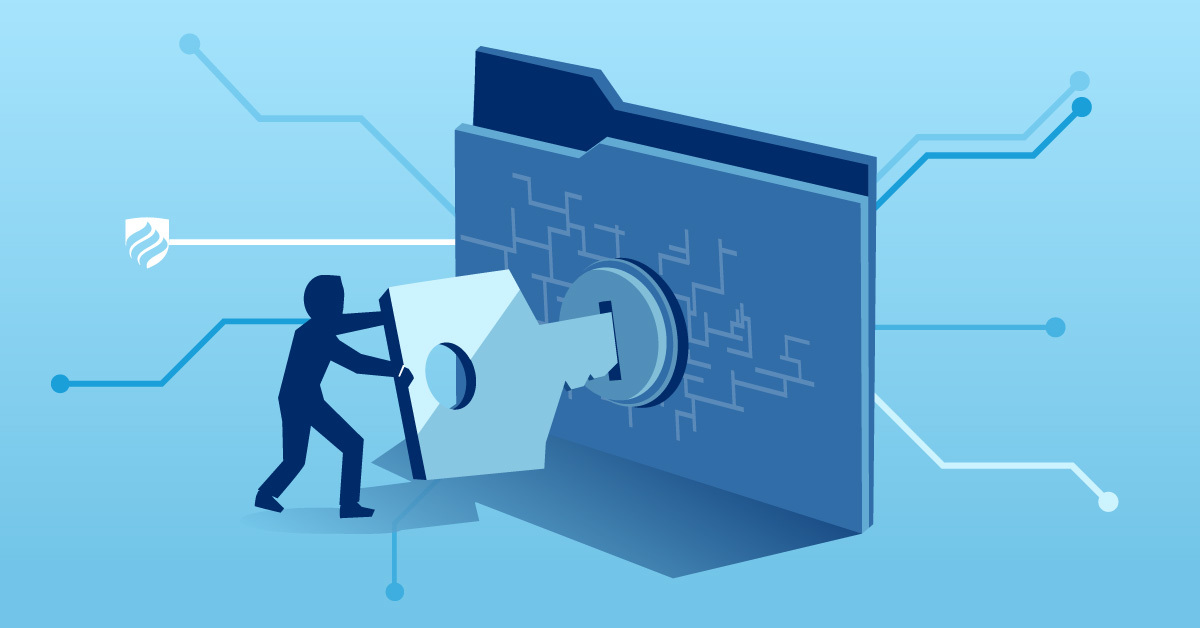
The number of connected devices is predicted to grow to 75 billion by 2025. This will create a massively connected ecosystem, and data security will be paramount.
Many of these devices will be cyber-physical systems, which closely integrate computation, networking and physical processes. The devices consist of a physical entity and its cyber twin, which can replicate the behavior of the physical machine and give insights into how the machine will react when prompted by various actions. Connect these devices to the internet, for data transfer, and the result is the internet of things. Smart grids, autonomous vehicles and medical devices are examples of cyber-physical systems.
In cyber-physical systems, digital and physical components interact with each other in a variety of ways that change with context. For example, an offshore drilling facility transmits sensor values from devices to check that machinery is functioning; the alerts from the devices will vary depending on whether it is a normal scenario or an emergency. Similarly, a connected medical device will send an alert based upon the patient’s condition.
In all contexts, it is imperative to maintain security and privacy of the data. This is particularly true in a data-sensitive field like healthcare, where there is growing concern about cybersecurity in connected medical devices.
A secure framework for cyber-physical systems

We have created a secure framework for connecting cyber-physical systems by leveraging distributed ledger technology (DLT). DLT is a digital system for recording asset transactions in multiple places at the same time, making fraud and manipulation difficult.
Our framework addresses:
- Two-way tamper-proof device communication
- Financial transactions between devices (e.g., machine-to-machine micropayments using crypto currencies)
- Message transfer and data storage between devices with minimal or no transaction fees and mining (network) fees
The framework integrates edge computing components, which are industry-specific (such as medical devices), and has DLT at its core for data transfer and communication.
Edge devices communicate with a central system, the Directed Acyclic Graph distributed ledger, which powers data storage, transfer and access and ensures data security and data privacy. Click image to enlarge.
Inside the framework
We developed the framework’s components using directed acyclic graphs (DAG) — specifically IOTA — as the underlying DLT technology. DAG architecture is well suited for scalability and does not carry mining fees.
IOTA uses an invention called “The Tangle” at its core. The Tangle is a new data structure, based on DAG, that takes care of data privacy needs by providing restricted and private storage and retrieval options.

We describe each component with an industry example but the components can be extended to other industries:
- Financial transactions – This component stores all transactions and automates micropayments between machines without any manual intervention. This component can be directly applied to the automobile industry for vehicle charging, toll payments, parking place payments and more. Details are available in this earlier post.
- Tamper-proof data transfer / two-way remote communication – The underlying DLT technology of this component ensures data security and privacy in transmission, storage and usage. One direct application is remote patient monitoring in healthcare. This can be extended to any industry that needs remote device monitoring or secure data communication (e.g., offshore drilling and its machines).
- Track and trace of a device’s location with indoor positioning – This component helps track and trace sensitive assets, when knowing the status of a device or machine is paramount. For example, use this component to optimize x-ray machine use in a trusted hospital network and reduce patient wait times.
- Secure over-the-air firmware updates – This component addresses the exponentially growing need to push secure firmware updates to connected devices, with tamper-proof audit trails made possible by DLT. It is applicable to all connected devices in almost every industry including automotive, healthcare, technology and energy, and utilities.
The components are designed to work online, offline and in mesh networking mode (when Wi-Fi or cellular networks are not available). For example, if connectivity is lost due to an emergency or an outage, these systems can still transmit messages in up to a 65-mile radius. This is critical because it means your medical device stays connected if Wi-Fi or cellular goes down.






